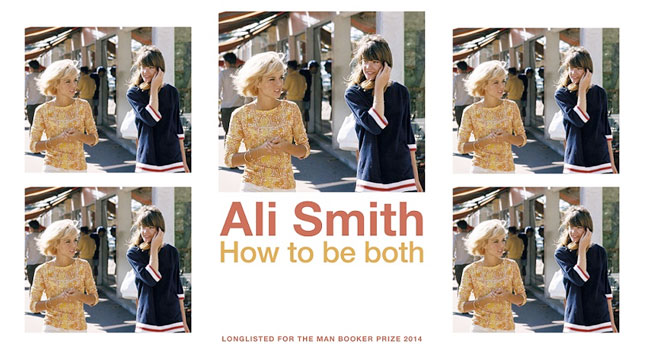
Despite our difficulty in appreciating the book, it’s not entirely without its positives, which have clearly become the focus for the more appreciative section of the book critic press following its release. It’s inventive construction is an innovative development for the novel, the subject matter is complex and interesting, the descriptive prose is a work of beauty and the easy, flowing narrative is smooth and inviting, but we still couldn’t wait to confine the book to the past.
It makes a very credible point about paintings, and by the same token all art forms, being much more than the sum of the surface level aesthetic; that there’s always more to see and discover if you take the time. The problem is that this feels a little like its preaching to the converted, and we’ll be very surprised if there are many readers of the book that don’t already subscribe to this viewpoint, whether at the local museum, watching a play or reading a novel. The reality is that there probably won’t be all that many art philistines reading Booker Prize shortlisted novels, especially one with such “smarter than you” characters at its core, which begs the question, who’s the point aimed at.
That aside, the thing about art appreciation is that it’s only the pieces that catch your eye or steel your soul a little in passing that you truly look at. Sadly, Ali Smith’s book does neither for us, so we just weren’t enthralled enough to pour over the various complexities that are submerged beneath its slender surface. The bigger problem is that when you do force yourself to take time and note of everything that’s being said and done, along with what is not being said and what is not being done, what you’re left with feels unrewarding somehow.
How To Be Both is split into two stories that interlink with one half presenting the troubled teenage years of George as her mother dies suddenly and the other sees us in the mind’s eye of Francesco del Coss, the renaissance artist that George and her mum become fascinated by. Which section you read first is up to you, but mostly directed by a certain amount of luck or fate as the book has been printed in different orders, with each of the two sections as the opening half of the book, which gives it a certain amount of innovative structure.
What character analysis there is within the two relatively short confines of the story leaves you with a distinct sense that things are never black and white. Life is a rich palette of colour and there’s always more than one way to look at anything, whether it’s an argument, a moral conundrum or a painting. Unfortunately, the characters themselves feel unexplored, like Smith is dabbling or experimenting a little with them as devices rather than providing the kind of painstaking development that they deserve.
This left us groaning inwardly a number of times, especially during George’s section, as there’s a tendency to favour banal intelligence over smart and well meaning challenge. Coping with loss and the influence of teaching and parenting and growing up are brief sub-topics, when they could be meaty expositions in themselves.
Where it is more successful is in the del Cossa half of the book, which looks at the process of creativity, and the concept of image, aesthetics, gender and sexuality in a little more detail. The is supported by themes of study, minutiae and seeing deeper than the surface layer, which are a big feature of the book overall and while this lands well in the del Cossa side of the coin it is mostly belabours the point on the George half to such an extend that it ends up missing the mark a little. The themes can also feel obvious at times, despite Ali Smith’s attempts to immerse them into the depths of the book, so they end up glaring with so little story to immerse in.
Unlike a fascinating piece of art in a gallery, How To Be Both struggled to hold our gaze, and while we appreciate its positives, along with the fact that it’s picked up a lot of critical acclaim since its release, we’re not impressed enough to admire. However, as with all art, impression is subjective, so you might find more to the book than we managed.
Ali Smith, How To Be Both review: 3/5


